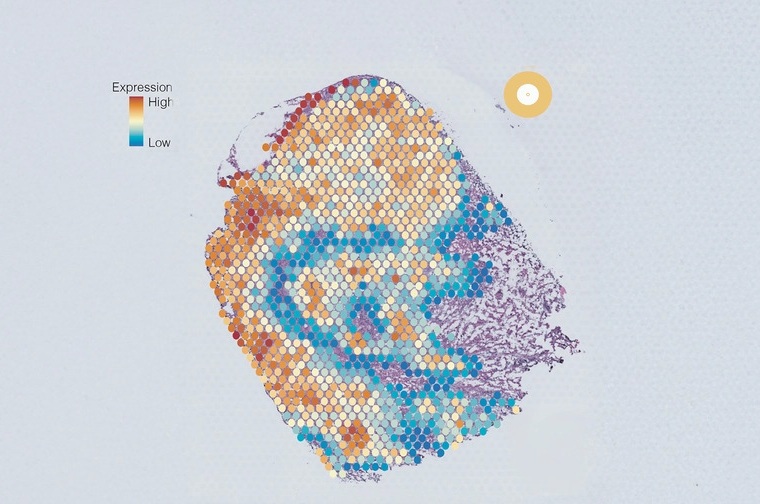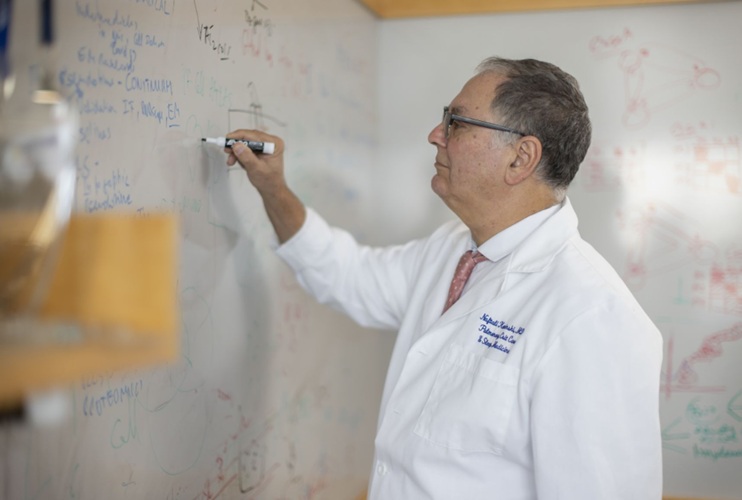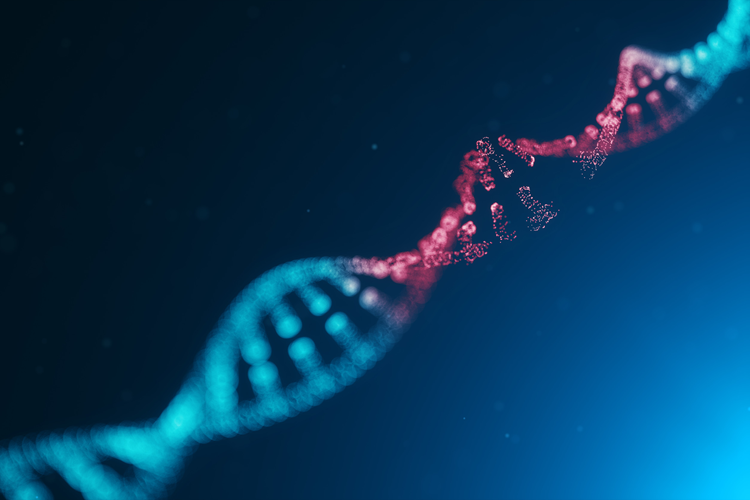AI Cancer Classification Tool to Drive Targeted Treatments
Posted on 25 Jun 2025
Tumors consist of more than just one type of cell—they are composed of a variety of cells that grow and respond to treatment in different ways. This variation, known as heterogeneity, poses a significant challenge in cancer treatment and can result in poorer outcomes, particularly in the case of triple-negative breast cancer. Although heterogeneity is a known issue, scientists still lack sufficient knowledge to accurately define or map it. To date, researchers have been unable to fully explain how neighboring cells within a tumor differ from one another or how to organize these differences in ways that can improve treatment approaches. However, this kind of insight is critical in determining how to eliminate all the cells in a tumor effectively using the appropriate therapies. Now, scientists have introduced and evaluated a new artificial intelligence (AI) tool designed to better analyze the complexity of individual cells within tumors, potentially enabling more personalized treatment options for patients.
This innovative AI tool, known as AAnet, was created and trained by an international group of researchers co-led by the Garvan Institute of Medical Research (Darlinghurst, Australia). AAnet is capable of identifying biological patterns among cells within tumors. The research team applied the tool to study gene expression patterns in single cells from tumors, focusing on preclinical models of triple-negative breast cancer as well as human samples of ER-positive, HER2-positive, and triple-negative breast cancer. Their analysis revealed five distinct groups of cancer cells within a single tumor, each with unique gene expression signatures that reflected substantial differences in behavior. These groups varied in their biological pathways, likelihood of metastasis, growth characteristics, and markers associated with poor outcomes. The team plans to investigate how these groups evolve over time, such as before and after exposure to chemotherapy. This marks a significant milestone in cancer research. According to the researchers, using AAnet to categorize tumor cells based on their underlying biology represents a potential turning point in the way cancer is treated.

“We envision a future where doctors combine this AI analysis with traditional cancer diagnoses to develop more personalized treatments that target all cell types within a person’s unique tumor,” said Professor Sarah Kummerfeld, co-senior author of the study and Chief Scientific Officer of Garvan. “These results represent a true melding of cutting-edge technology and biology that can improve patient care. Our study focused on breast cancer, but it could be applied to other cancers and illnesses such as autoimmune disorders. The technology is already there.”
Related Links:
Garvan Institute of Medical Research













